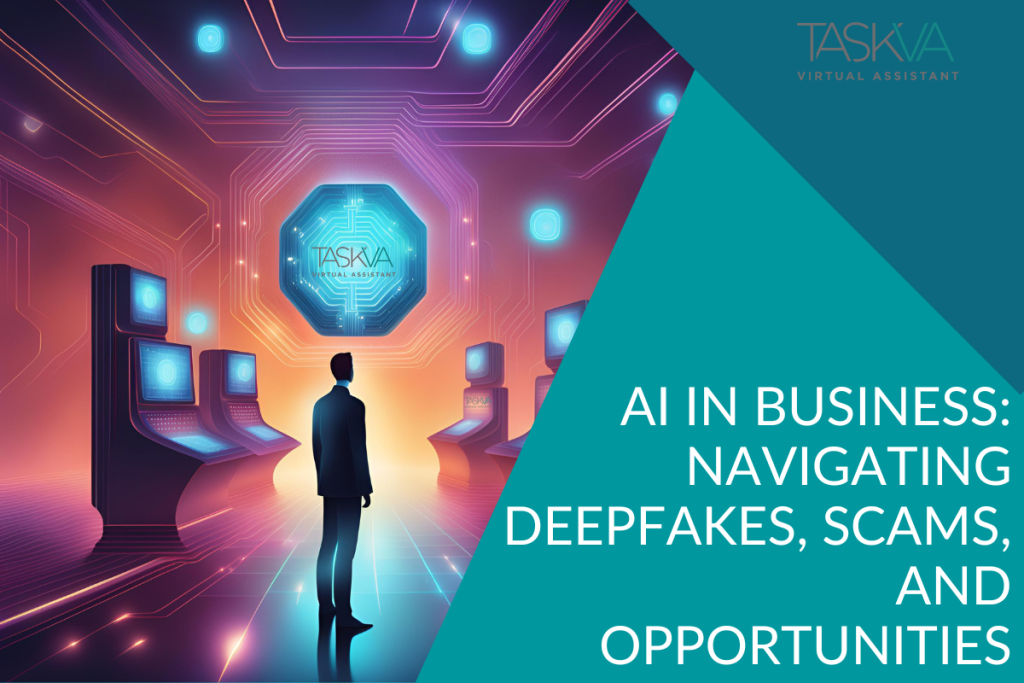Mastering Small Business Finances: Practical Budgeting Tips for Success

Mastering Small Business Finances: Practical Budgeting Tips for Success

Running a small business is no small feat, and one of the trickiest aspects is managing finances. While it’s easy to get caught up in the excitement of growing your business, failing to keep a close eye on your budget can lead to financial challenges that threaten your stability and growth. Whether you’re just starting or looking to optimize your current financial strategy, effective budgeting is a crucial skill every small business owner must master.
I’ll explore practical budgeting tips designed to help you manage your finances, reduce expenses, and achieve long-term success. From understanding cash flow to planning for the unexpected, these tips will give you the tools you need to stay on top of your finances and avoid common pitfalls.
Understand Your Cash Flow
First things first: understanding cash flow is crucial to maintaining a healthy financial outlook for your business. Cash flow refers to the movement of money in and out of your business. Positive cash flow means your business is earning more than it’s spending, while negative cash flow indicates you’re spending more than you’re earning—an unsustainable situation.
To manage your cash flow effectively, it is essential to track all your income and expenses regularly. Set up a system—whether through accounting software or a simple spreadsheet—to monitor cash flow on a weekly or monthly basis, to help you identify trends, anticipate future needs, and make informed decisions about spending or investing.
Set Realistic and Specific Financial Goals
One of the best ways to stay on top of your finances is to set clear financial goals for your business. These goals should be specific, measurable, achievable, relevant, and time-bound (SMART). For example, instead of a vague goal like “increase revenue,” try setting a goal such as “increase revenue by 10% over the next quarter.”
Once you’ve established your goals, break them down into smaller, actionable steps. For instance, to achieve a revenue increase, you might allocate a budget for marketing efforts or identify areas where you can cut costs to free up funds for reinvestment. Setting goals provides a target to aim for and helps you stay on track when things become challenging.
Create a Detailed Budget and Stick to It
Now comes the hard work: creating your budget. While it may seem overwhelming, a detailed budget is the backbone of your business’s financial health. Start by listing all your business expenses, including both fixed (e.g., rent, utilities, salaries) and variable (e.g., office supplies, marketing costs, contractor fees) costs. Don’t forget to include taxes, insurance, and any other financial obligations.
Once you have a clear picture of your expenses, compare them to your expected income to determine if your business is generating enough revenue to cover all costs. If your expenses exceed your income, you’ll need to cut costs or find ways to increase revenue.
To keep your budget on track, review it regularly. Small business finances are rarely static, and adjustments will likely be necessary. For instance, if you’ve had an unexpected expense or a slow month in sales, update your budget to reflect these changes.
Plan for Emergencies and Unexpected Costs
Even the best-laid financial plans can go awry. That’s why it’s essential to have a financial buffer or emergency fund in place. This fund will help you weather any unexpected financial challenges, such as equipment failures, slow seasons, or a client who’s late on payments.
Experts recommend saving at least 3–6 months of operating expenses in an emergency fund, but every business’s needs will be different. To build this buffer, allocate a portion of your profits each month into a separate savings account that’s reserved exclusively for emergencies.
Separate Personal and Business Finances
When you’re a small business owner, it can be tempting to combine personal and business finances. However, this can create confusion when it comes to managing your budget and tracking expenses. It also complicates tax time and can make it harder to get a clear picture of your business’s financial health.
To simplify matters, open a separate business bank account and use it exclusively for business transactions. This will make it easier to track business income and expenses, as well as identify any unnecessary spending that may be impacting your budget. You can also use accounting software or hire a bookkeeper to help keep everything organized.
Monitor and Control Your Expenses
Managing expenses is key to staying within budget. While it’s tempting to cut back on all expenses, not every cost can, or should, be eliminated. Focus on trimming unnecessary or wasteful spending, such as unused subscriptions, excessive office supplies, or redundant software programs.
You can also explore more cost-effective alternatives, such as negotiating with vendors or selecting a less expensive marketing strategy. Regularly audit your expenses to ensure they align with your business goals and identify any areas where you can tighten up.
Review Financial Performance Regularly
Staying on top of your finances isn’t a “set it and forget it” process. Instead, review your financial performance regularly to ensure you’re meeting your goals. This means tracking your cash flow, reviewing your budget, and analyzing your profit and loss statement (P&L).
A monthly or quarterly financial review will help you spot any issues before they escalate. It will also provide you with an opportunity to celebrate wins and adjust your strategy as needed. If you’re not familiar with financial statements, it might be worth hiring an accountant to help you interpret them and offer guidance on your financial performance.
Invest in Accounting Software or Hire a Professional
When it comes to managing finances, using the right tools is essential. Many small business owners rely on manual methods, such as spreadsheets and paper receipts, to manage their finances. While these methods work in the short term, they can quickly become overwhelming and prone to errors.
Investing in accounting software, such as QuickBooks, Xero, or Zoho Books, can help automate many aspects of your financial management. These tools make it easy to track income and expenses, generate reports, and stay compliant with tax regulations. If the budget allows, consider hiring a professional accountant or bookkeeper to handle the more complex aspects of your finances.
Tax Planning: Avoid Surprises
Taxes can be a headache for small business owners, but with the proper planning, you can avoid unpleasant surprises. One of the most important aspects of tax planning is keeping detailed records of all income and expenses throughout the year. This will make filing taxes much easier and ensure that you claim all eligible deductions.
Consider working with a tax professional who can guide you on deductions, credits, and strategies to minimize your tax liability. Additionally, set aside money each month for your tax bill so you’re not scrambling to come up with the funds come tax time.
Navigating financial challenges can be difficult, but with a well-thought-out budget and financial plan, you’ll be in a much better position to succeed. The key is to stay proactive—regularly review your finances, adjust your budget as needed, and continually monitor your cash flow. By managing your finances effectively, you’ll not only survive but thrive as a small business owner.
Mastering Small Business Finances: Practical Budgeting Tips for Success Read More »






















